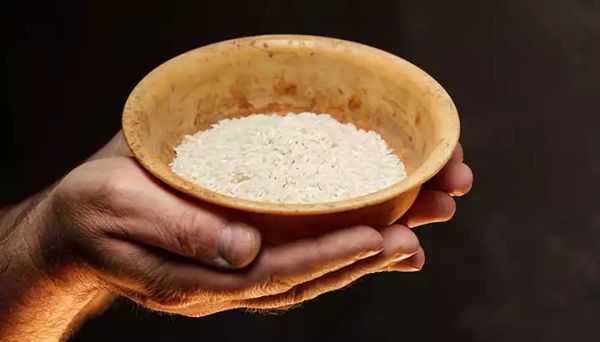
In recent times, there has been increasing worry about the presence of synthetic or “plastic” rice in markets worldwide. This counterfeit rice, made from synthetic materials, can pose significant health risks. As consumers, it is vital for us to know how to differentiate between real rice and its fake counterpart. This article provides practical advice on identifying and verifying the authenticity of the rice we buy.
Understanding Plastic Rice
What is Plastic Rice?
Plastic rice is allegedly produced using synthetic materials like plastic resins and is designed to resemble real rice in appearance. It is said to be made from a mixture of potatoes, sweet potatoes, and synthetic resin or plastic. The main concern is that regular consumption of plastic rice could cause health problems.
Tips for Identifying Real Rice
1. Water Test
Method: Drop a tablespoon of rice into a glass of cold water. Real rice will sink to the bottom, while plastic rice will float since plastic is less dense than water.
Why It Works: This test relies on the density differences between real rice grains and potential plastic materials.
2. Fire Test
Method: Take a few grains of rice and hold them over a flame with a pair of tongs. If the rice burns and smells like burnt hair, it’s real rice. If it smells like burning plastic, it might be fake.
Why It Works: Real rice is made of organic material that will burn, whereas plastic emits a distinct chemical odor when burned.
3. Mold Growth Test
Method: Cook a small sample of rice and keep it in a warm, moist place for a few days. If mold develops, the rice is real because synthetic materials will not show mold growth.
Why It Works: Real rice contains organic compounds that are susceptible to natural decay and mold, unlike synthetic materials.
4. Boiling Test
Method: Observe the rice during the boiling process. Real rice will remain whole and become softer as it cooks. Fake rice might form a thick layer on top of the water or maintain its original hardness.
Why It Works: Plastic materials may not behave like natural rice grains at high temperatures.
5. Oil Test
Method: Heat some oil in a pan (around 200 degrees Celsius) and drop some rice into it. Real rice will fry in a typical manner and either float or sink, while plastic rice will melt and stick to the bottom of the pan.
Why It Works: The melting point of plastic is lower than frying temperatures, causing it to melt when exposed to heat.
The Importance of Vigilance
While reports of plastic rice are rare and often proven false, it is crucial for consumers to remain vigilant. Food standards agencies and authorities continue to monitor and test rice supplies globally to ensure safety and authenticity.
Empowering Consumers
Having the knowledge to test and verify the authenticity of rice empowers consumers to ensure the safety of themselves and their families. Although large-scale existence of plastic rice remains unverified, being able to test your rice provides peace of mind.



